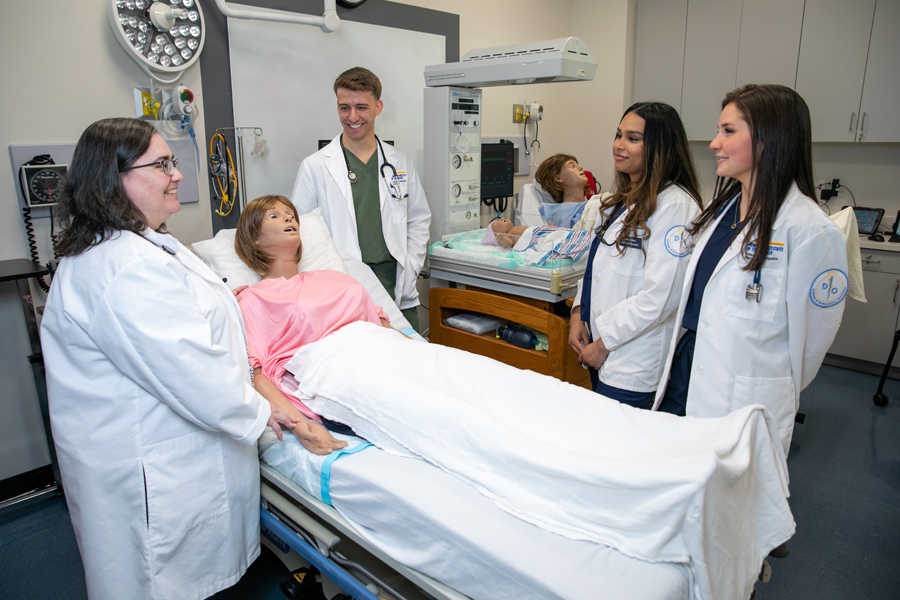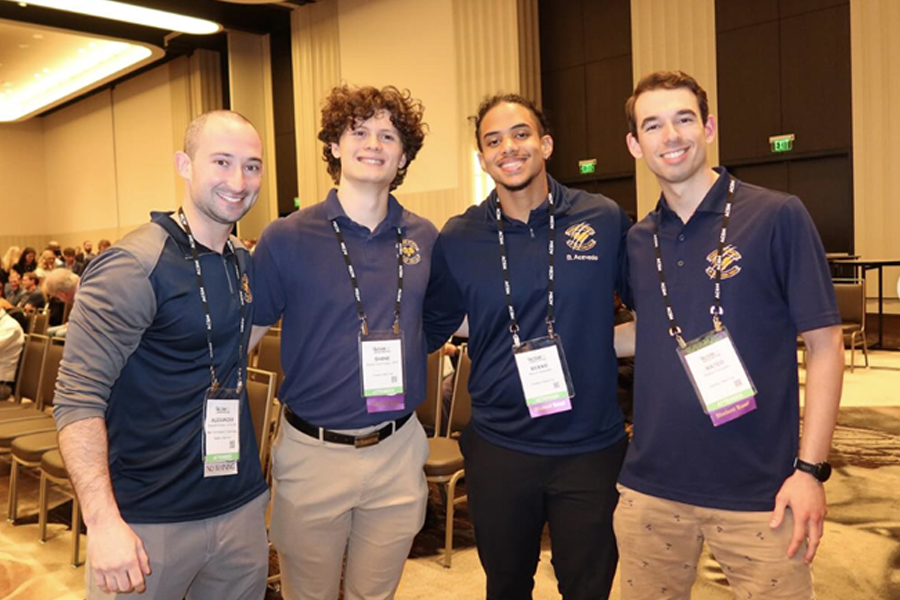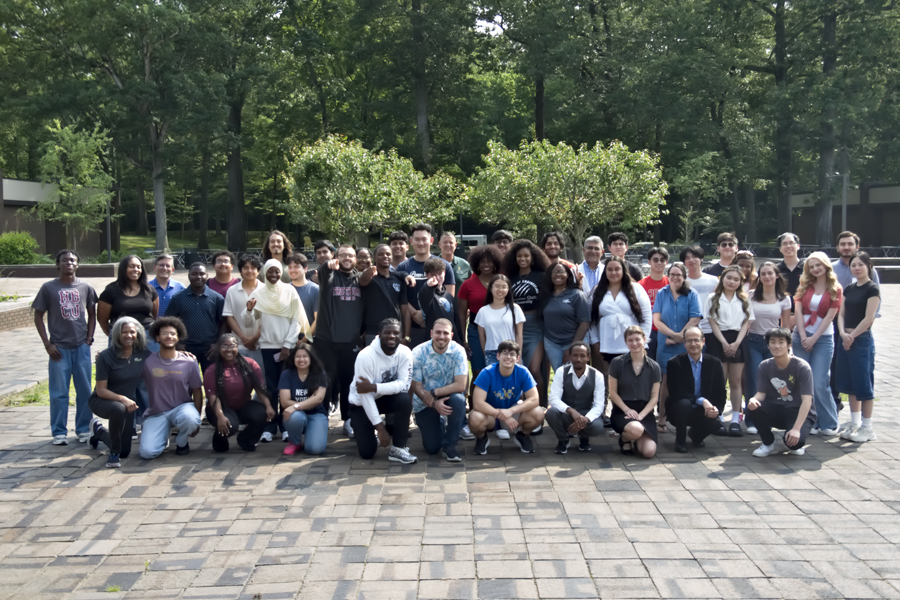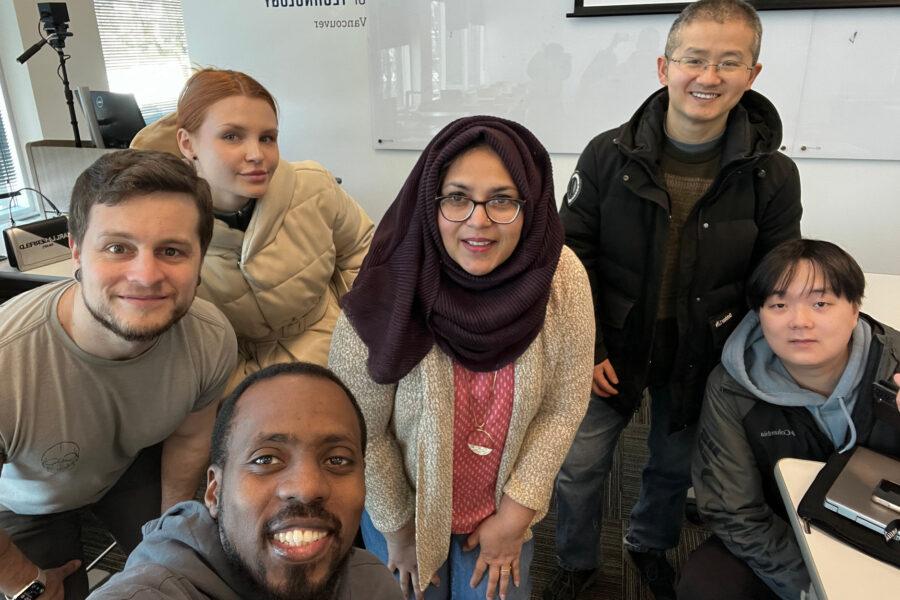Black History Month: Celebrating the Past, Empowering the Future
For Black History Month, Mohit Rahul Gandhi reflects on the commemorative month’s origins, incorporating Black history in education, and the importance of representation. He is an undergraduate student studying business administration with a concentration in management.
Each February, Black History Month offers a prime opportunity to reflect on the greatest accomplishments of Black individuals throughout history. As a time for celebration, remembrance, and education, Black History Month is more than a commemoration of the past. It is a call to action in the present and an impetus toward a more equitable future. This month serves as a reminder that the story of Black excellence is present in all aspects of our history and shared destiny.
A Historical Reflection
The origins of Black History Month started in 1926 when historian Carter G. Woodson initiated Negro History Week, later extended to a whole month in 1976. Woodson established the program to recognize the heritage and contributions of African Americans whose work had been unrecorded or overlooked. Despite a lot of change since then, Black History Month remains a worthwhile time to look back at Black communities’ struggles, achievements, and resilience through the ages.
Black people influenced the arts, civil rights, politics, and science. Individuals like Harriet Tubman, W.E.B. Du Bois, and Langston Hughes left behind work that still inspires us. Recently, leaders like Mae Jemison, the first African American woman to go into space, and Barack Obama, the first African American president of the United States, have followed in their footsteps, leaving doors open for future generations to dream big and become great.
Black History Month in Education
Black History Month provides an opportunity to reflect on the continued relevance of diversity, equity, and inclusion in higher education. Colleges and universities are learning, development, and interaction institutions—settings where diverse perspectives intersect. By incorporating Black history into school curricula, hosting events commemorating the success of Black individuals, and encouraging students to study these histories, schools are part of the social justice mission.
For students, the month provides an opportunity to learn more about history and its application today. Lectures, panel discussions, cultural performances, and art exhibitions allow students to study Black history educationally and entertainingly. These events also allow space for conversations about race, privilege, and systemic inequality—conversations that continue to shape the lives of Black people today.
The Importance of Representation
Black History Month also reminds us of the importance of representation in higher education and beyond. The fact that the majority of fields, including STEM, business, and the arts, do not include diversity underscores the importance of continued efforts to provide equal opportunity for all. Honoring the achievements of Black people not only serves to celebrate what they have accomplished but also to inspire existing and potential students to pursue their passions, regardless of the barriers they may face.
More News

The Ferrara Center for Patient Safety and Clinical Simulation Achieves Full Accreditation in Human Simulation
The center received full accreditation from the Association of Standardized Patient Educators, joining an elite group of institutions dedicated to advancing the science and art of simulation-based education for future healthcare professionals.

Dedicated to the Pursuit of Knowledge
Students and alumni from the College of Arts and Sciences, School of Health Professions, and College of Osteopathic Medicine shared research findings at impressive industry conferences.

Strength in Leadership
As he prepares to step down as president of New York Tech, we look at Henry C. “Hank” Foley’s legacy of growth, community, and innovation.

Students Learn About Spectrum Technology From Industry Experts
Industry leaders, faculty, students, and staff from universities across the country gathered on the Long Island campus for Spectrum Sizzle, an undergraduate spectrum workshop funded by the National Science Foundation.

NYITCOM-Arkansas Generates $44.6 Million in Economic Impact
In a recent study, NYITCOM-Arkansas’ economic impact supports 263 jobs and operations that result in $2.2 million in additional state and local taxes.

Cybersecurity Graduate Students Rank 25th in MITRE’s eCTF 2025 Competition
First-time participants, 10 cybersecurity students from the Vancouver campus break into the global top 25 in prestigious Embedded Capture the Flag (eCTF) challenge.